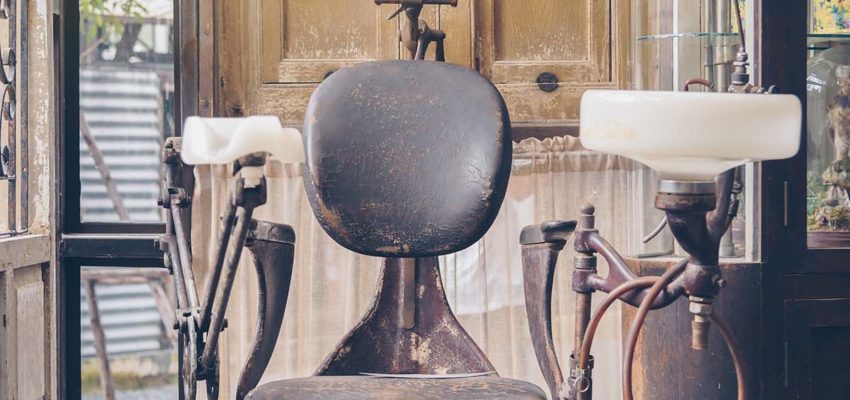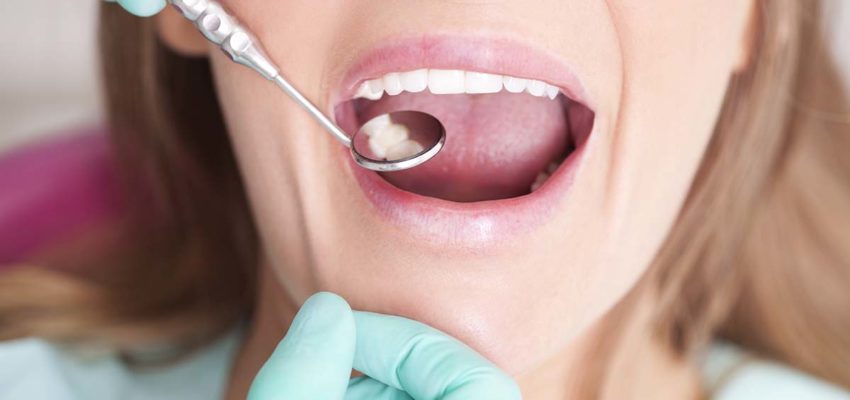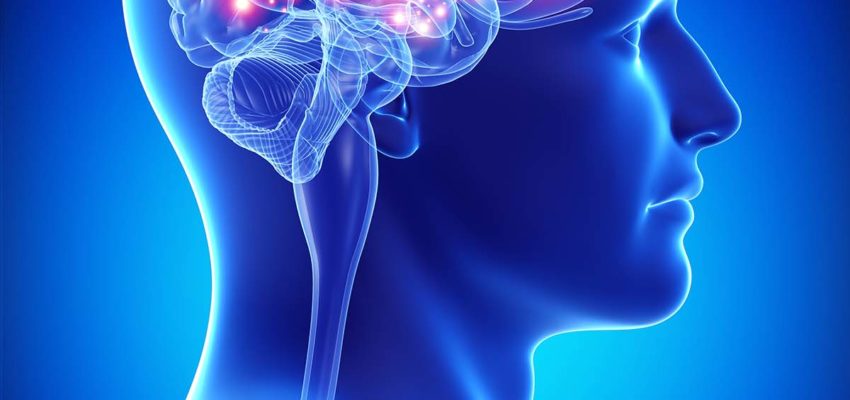Dentistry: Stepping Out of the 1830’s

By James E Hardy, D.M.D.
Mercury use in dentistry has been the subject of my studies for the past 14 years. I thought I knew the history of the mercury amalgam controversy well, but yesterday I pulled a book down from my shelf that a patient of mine had given me. It was a bound volume of Dental Students’ Magazine , dated 1942 and 1943. What I read gave me new insight into the history of mercury amalgam and its intimate relationship to organised dentistry.
Dentistry in the U.S. did not develop as a separate profession until the period of 1780 to 1800. There were two types of “dentists” at this time. There were those who had medical training and practiced both professions. These were medical-dentists. Then there were “those who were merely craftsmen and engaged in some other trade, such as barbering, carving of wood, ivory and metals…among them were the itinerant tooth pullers”. These were called craftsmen-dentists. There were no American national dental organisations and no dental schools in existence before 1840. Dentists were either self-taught by “trial and error on patients” or were apprenticed under a practicing medical-dentist.
Craftsmen-dentists greatly resisted dentistry being taken from on-the-job training to required schooling because the “preceptors were selfishly profiting from the assistance of their pupils”. That is why 24 years after the establishment of the first American dental school, there were still only four schools in existence.
The first dental school was chartered in the U.S. on February 1, 1840. It was called the Baltimore College of Dental Surgery. It is of interest to note that the Board of the College of Dental Surgery was composed of nine physicians, and five clergymen; no dentists. Originally, the school was to be a graduate program for medical schools as it was only one session long and did not include any chemistry or pathology. But as it turns out this was the beginning of dental training separating itself from medical education.
Also founded in 1840 was the first national dental organisation. It was called the American Society of Dental Surgeons. Its members were medical-dentists, not barbers, carpenters, or sculptors. The medical-dentists were vitally concerned with the medical, biological and mechanical aspects of dentistry. The craftsmen-dentists were concerned with the mechanical aspects and did not consider medical questions.
Mercury-amalgam was first brought into the U.S. from Europe by the Crawcour brothers in 1833. They had a very strong, effective advertising campaign that promised to save decayed teeth by filling them without pain in minutes. The Crawcours were considered unethical charlatans by many medical-dentists. They removed gold fillings and replaced them with mercury-amalgams. They did not dry decayed teeth or even remove the decay before they packed the hole. There were even some reports of their packing amalgam between teeth when there were no cavities at all. This began the amalgam war.
“The amalgam war was the war between the craftsmen ideal of ease of manipulation and the medical ideal of avoidance of danger of systemic mercurial poisoning”. Mercury was clearly known to be poisonous by the physicians in the 1830’s.
In 1845, the American Society of Dental Surgeons banned the use of mercury-amalgam. They were not concerned with the medical ramifications of mercury in the human system. Anatomy, chemistry, histology, pathology, and physiology were considered irrelevant to the craftsmen-dentists. So many dentists began to use amalgam (because it was easy to use and very profitable) that membership growth in the American Society of Dental Surgeons (ASDS) was curtailed. The ASDS decided to rescind their anti-amalgam resolution in 1850 in hopes of gaining more members. But the craftsmen-dentists had already decided to organise and associate with each other..
In 1859, a new dental organisation arose composed largely of craftsmen-dentists. It was called the American Dental Association (ADA). The average dentist in the newly-formed ADA was no longer one who was in sympathy with medicine. “As a result, physicians adopted an extremely adverse attitude toward the profession”. During this same time, dental schools dropped courses in physiology, pathology, and materia medica and did no anatomy except head and neck..
In Dental Students’ Magazine , October 1942, an editorial states hopefully, “The dental profession eagerly awaits…their legitimate rights as members of the healing arts”. To this day, these feelings linger.
For dentistry to step out of the 1830’s and fully acknowledge its responsibility as a healing art, it must prohibit the current use of mercury. The use of mercury in dentistry has only recently been banned in Germany. Some day it will be banned in the United States. We’ve known the truth all along: Mercury is poisonous.
All truth passes through three stages. First, it is ridiculed. Second, it is violently opposed. Third, it is accepted as being self-evident – Schopenhauer.
Note: All quotes and background information taken from the Dental Students Magazine, November 1942 and September 1943, unless otherwise noted.



